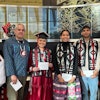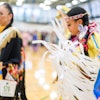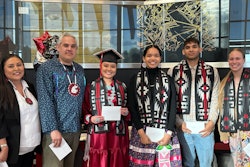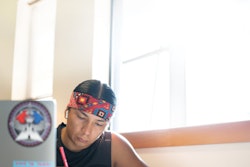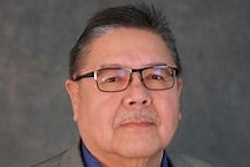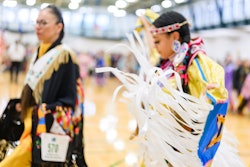 Sandy Tharp-Thee is library director of the Iowa Tribe of Oklahoma.
Sandy Tharp-Thee is library director of the Iowa Tribe of Oklahoma.
“We had people in that first class that told us they had taken the class before, but they didn’t take their test because they (were afraid) to waste their money. The test at that time was $60,” Tharp-Thee says. “Then I had a father of five get up and say that he couldn’t read the instructions. So we went to him and told him we would help him learn how to read.”
The GED program is free and open to tribal citizens and non-tribal citizens living in and around Perkins, Oklahoma.
Since its inception, the class has helped 69 students pass the GED test, through the efforts of Tharp-Thee and GED instructor Kathleen Woods. The program is one of many that Tharp-Thee has initiated with strategic grants in the past four years, transforming a library that previously had no funding and few viable programs.
Yet Tharp-Thee is not alone in her work. At tribal libraries across the nation, librarians and directors are making the most of sometimes limited funds to help tribal citizens further their educational and job prospects.
A recently published report from the Association of Tribal Archives, Libraries, and Museums (ATALM) highlights the impact that tribal libraries have on surrounding communities by providing data on digital access and inclusion. The report reveals that, for some communities, tribal libraries are the sole access point to the Internet and computers.
The ATALM survey found that 89 percent of tribal libraries offer access to the Internet to their patrons. However, 43 percent of the tribal libraries that offer Internet access are the only access sites in their regions.
